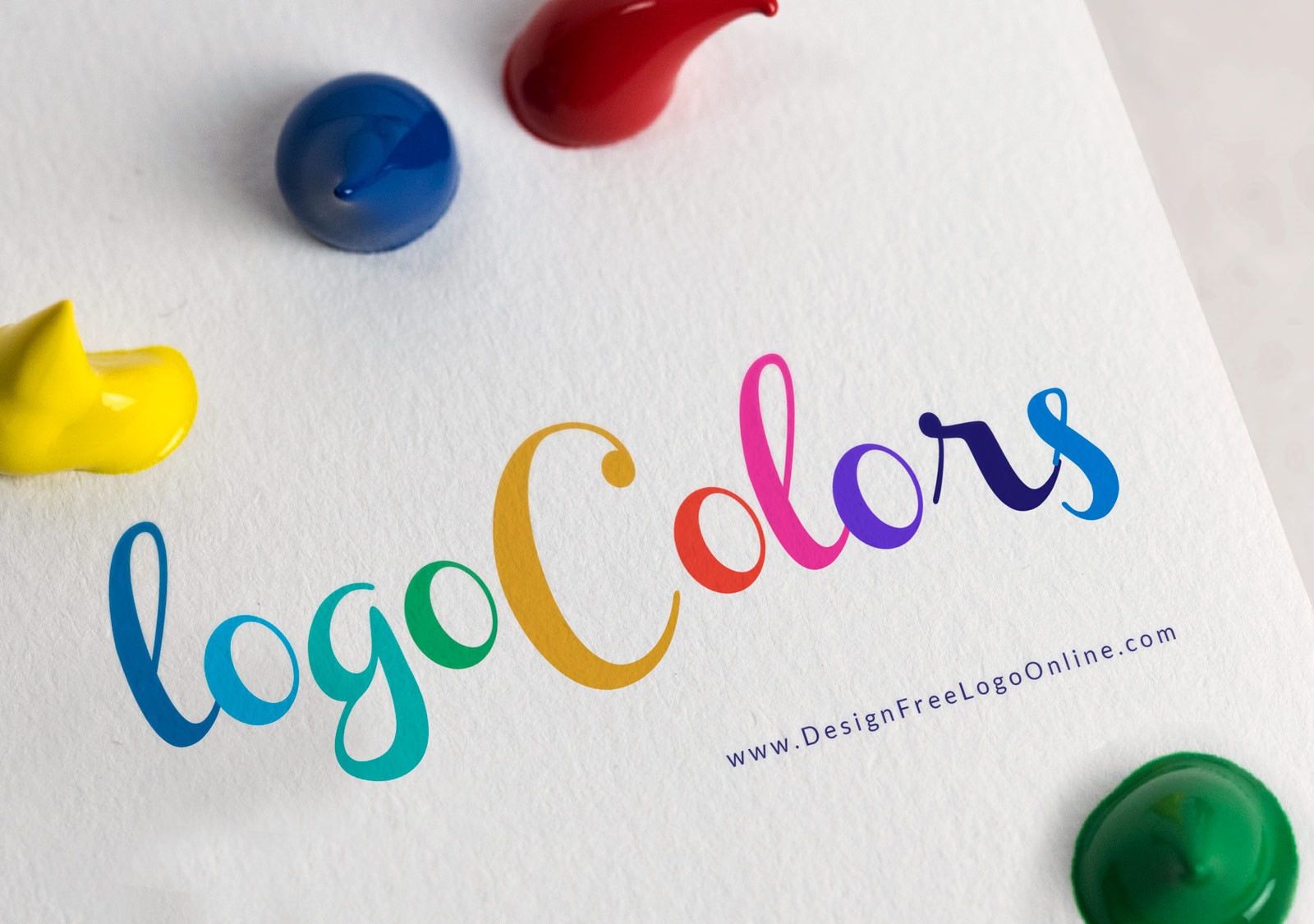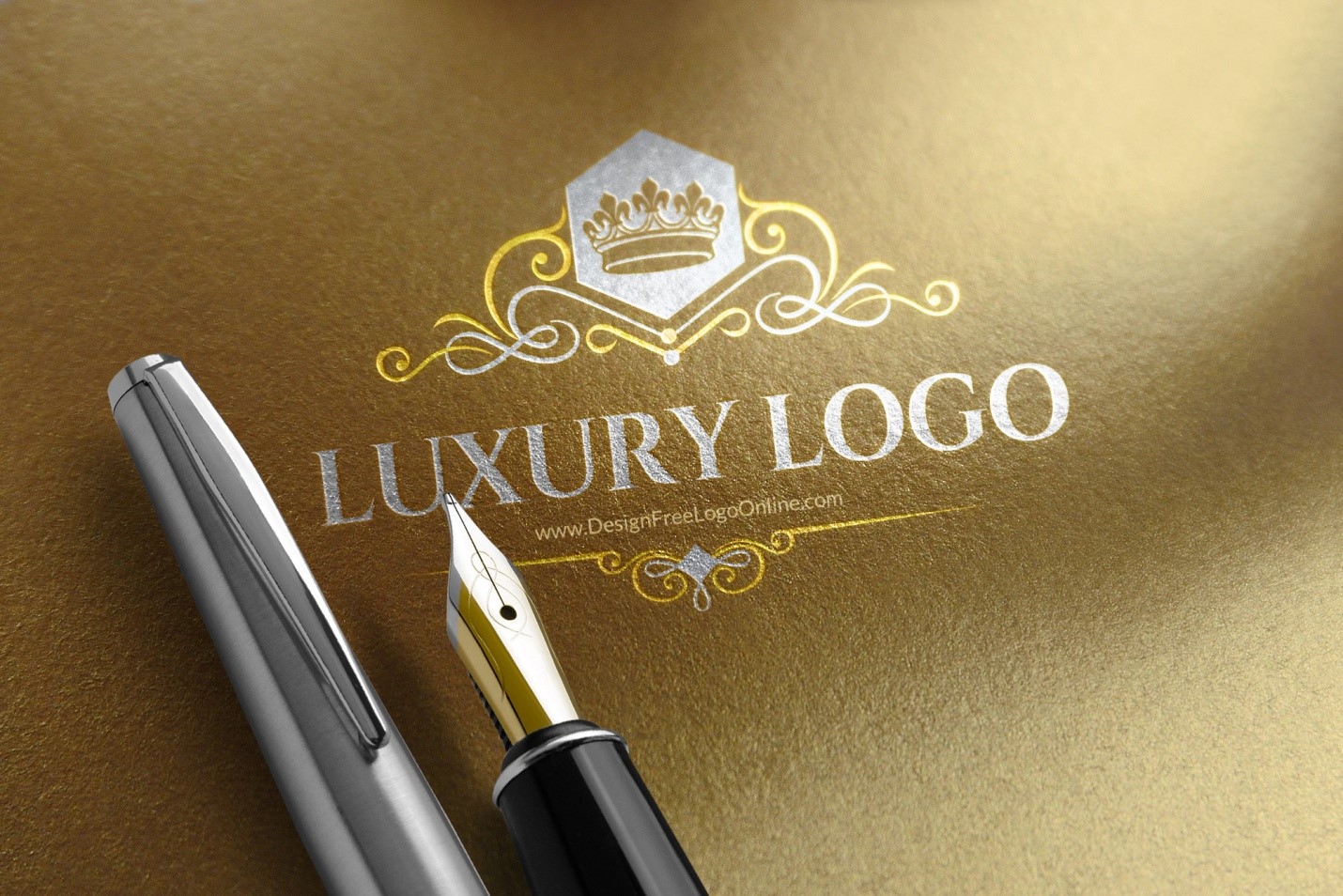Creating a logo is simple, right? Think again. Building a brand’s visual identity is more than putting a name on a box and calling it a day. The logos of designers are in demand, and for a good reason: a logo is often the first impression of a company, which can influence the recognition of the brand of a customer purchase decision and a general attitude towards the product
We live in a world painted with several brand logos. Even young kids who cannot recognize many logos can deduce what a company sells by merely looking at their brand.
For persons who would want to embark on a brand design journey or those who believe it’s time for the company’s logo to have a new facelift, we have asked some design experts to provide advice on creating a cool logo idea.
- Understanding the brand
Yes, a logo is an illustration, but it is also a preface to a brand. The logo must get to an exact audience, and when it is designed, this must be taken into account. Write what you think of the brand; maybe you are also creating a mood panel with images that resemble the brand’s ideology, but pay attention not only to attractive designs but a deeper meaning. Studying other logo brands can be helpful, but logo developers should be careful not to copy the designs. Any design work must be original and must be assigned directly to the client’s unique brand attributes.
Does the logo increase the brand’s identity or is it more focused on evoking emotions? Is it eccentric or contemporary? What matters to the customer and what does the brand intend to be? While it is useful to keep up with design trends, it is more important to stay true to the overall personality of a brand. Here is a quick assessment of the brand personality that can help you along the way.
Above all, you already know what your logo means. Each logo has a kind of history, full of purpose and meaning.
- Color is essential
When considering the personality of the brand, it is necessary to reflect on all aspects of the image. Brilliant and surprising colors can attract attention, but they can also appear without shame; Soft tones convey refinement but can be overlooked. Each logo color has a different implication and can help tone your message.

- Distinguish Yourself
To distinguish yourself as a seasoned logo maker, your logo must be intelligent and unique. Nonetheless, distinctiveness does not make your logo memorable if you do not add a satisfying fashion that will get the awareness of your target market. For instance, a company that manufactures electric pressing iron does not always need to add metal to the logo but can create a symbol whose shape is associated with electric irons. Building a brand’s visual identity is more than putting a name on an oval shape or a rectangle.
- Aim for the best
A logo should always indicate the difference. Be different from the rest of the competition with a memorable logo that will remind your customers of your brand the next time they intend to buy a product. Start working with shapes that are very identifiable and can readily be connected with your brand. You want the person who reads your pamphlets to recognize your logo immediately he/she looks at it. Still, the correct use of colors, especially in white and black can help you create a distinctive logo.
- Avoid Clichés.
Are you trying to analyze the values of your company and what sets them apart from the competition? There is the lure to copy them, but do not do it, be unique. Consider what makes other companies different from yours and how you can replicate these differences in your design. Be unique and smart, do not even consider imitating your competitors. Furthermore, current trends indicate that the same idea is used over and over in logos. The original designs are far better than the clichés used in excess.
- Get an adaptable logo
Your logo ought to look good irrespective of the platform. Keep in mind that your logo will be used in diverse sizes; small or big as well as on different platforms. Having this in mind during the design process will ensure that your logo looks good.

- Understand that there are different types of logos.
Since the logo of your company is the primary visual representation of your brand, it must be designed to send the right message to your market. There are three basic types of logos: based on characters, graphs, and summaries. The choice depends on several factors, such as the name of your company, the number of characters it contains and the message you want to send to your market. Discover the different types of logos and other decisions related to creating a logo that allows your clients/customers to talk about your business. Get logo inspiration on Pinterest.
- Be sure it serves all of its functions
An effective logo is used to differentiate, identify, and assist in brand awareness. These are the functions that determine the design and revamping process used in creating a logo. Logos are not the most famous description of your business, but they can play a crucial role in building a successful brand. This piece identifies how to design or redesign your logo by focusing on those functions.
- Consult the opinion of the experts.
Branding agencies and specialists have a meticulous eye when it comes to logos, so grasping a glimpse of these is a good point of evaluation when creating your company’s logo.
- See through the eyes of others
Before approving logo design, it is vital to receive feedback from customers, colleagues, and stakeholders. It should be part of the endorsement process to make sure you have a preview of what a broader audience could see when they look at your logo. Sometimes the logical way to do something entirely is to know how not to do it.
CONCLUSION
Logos are meant to help customers remember your brand quickly. And as an entrepreneur, your goal is to have a logo that makes your brand recognizable. These tips should motivate you to create a logo that will make your brand stand out from the rest.